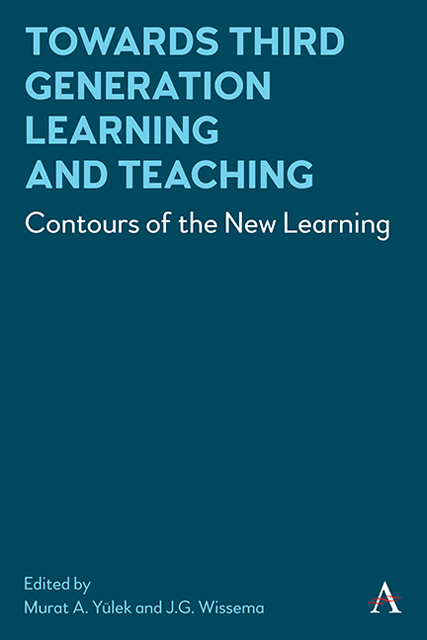Chapter 10 - Learning by Gaming in Management
Published online by Cambridge University Press: 10 January 2023
Summary
Gamification: Pro and Contra
In one of the episodes of the novel “The Adventures of Tom Sawyer”, Twain (1876) describes how Tom, the main character of the book is forced to whitewash a fence thirty yards long, as punishment for pranks and deceit. Naturally, he is very upset about it. “He surveyed the fence, and all gladness left him and a deep melancholy settled down upon his spirit. Thirty yards of board fence nine feet high. Life to him seemed hollow, and existence but a burden (Twain, 1876, 26).” Thus, Tom decides to tell his friends that whitewashing the fence is not a punishment, but a high privilege. “Tom swept his brush daintily back and forth — stepped back to note the effect — added a touch here and there — criticized the effect again (Twain, 1876, 30).” When one of his friends (Ben Rogers) saw how enthusiastically Tom was whitewashing the fence, he asked to let him participate. Tom, rejoicing in his soul, refused, declaring that this high responsibility is his. Then Ben gave Tom an apple, if only he would allow him to help whitewashing the fence. The same thing happened to other boys, who came up later and who also took part. Thus, Tom Sawyer was able to turn a monotonous workflow into an enthusiastic task, a game. According to modern jargon, he applied gamification.
The term Gamification was coined as a term only a few years ago. Nick Pelling, a British-born computer programmer and inventor, defined the term as: “Apply game-like accelerated user interface design to make electronic transactions more enjoyable and faster (Pelling, 2011, vol.9).” Yu-Kai Chou, a leading gamification expert and author of “Actionable Gamification”, defines gamification as: “The craft of deriving all the fun and addicting elements found in games and applying them to real-world or productive activities (Chou, 2012).” Subsequently, the concept of gamification began to be actively used in educational practice. For example, Kevin Werbach, professor at the Wharton School, University of Pennsylvania, defines gamification as: “An application of game elements and digital game design techniques to non-game problems, such as business and social impact challenges (Werbach and Hunter, 2012).” In short, on may say that gamification means: making a game of it.
- Type
- Chapter
- Information
- Towards Third Generation Learning and TeachingContours of the New Learning, pp. 153 - 164Publisher: Anthem PressPrint publication year: 2022



